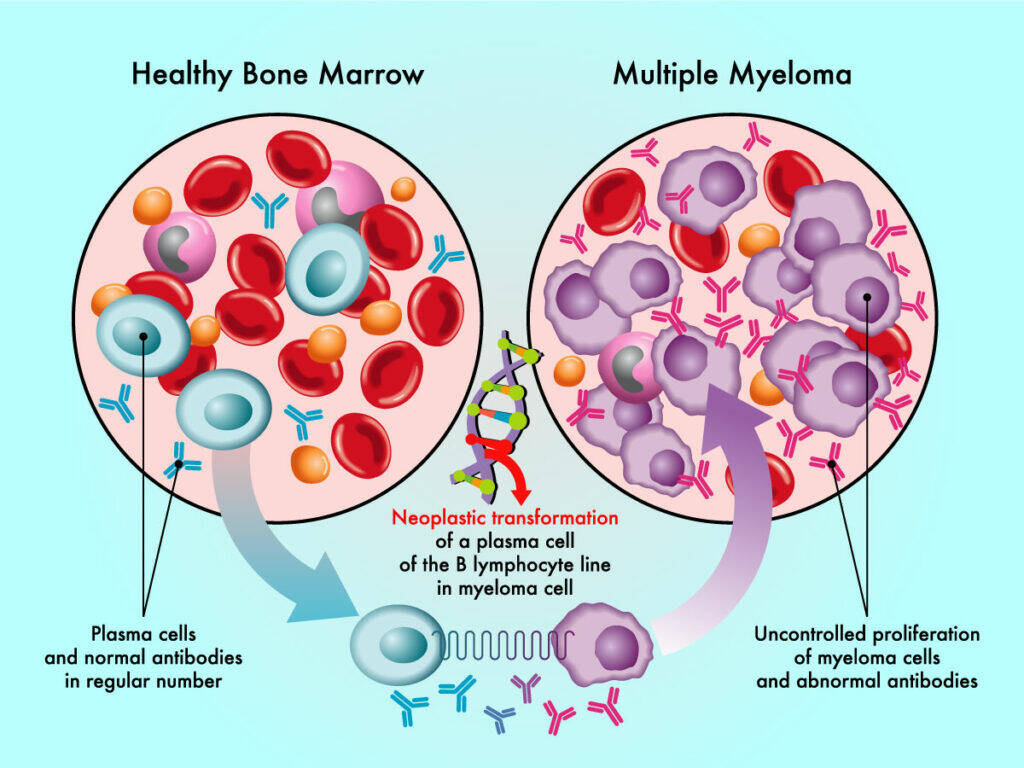
The Hidden Killer: The Shocking Prevalence of HPV-Related Head and Neck Cancers in India
ORAL, HEAD AND NECK CANCER AWARENESS MONTH
HPV-related head and neck cancers (HNCs) are a significant concern in India, contributing to a substantial portion of global HPV-related cancer cases. Here are key points highlighting the prevalence and impact of HPV-related HNCs in India:
1. PREVALENCE OF HPV IN HNC'S
National Data: Studies indicate that the prevalence of HPV in HNC patients in India varies widely, with an overall pooled prevalence of 33% (95% CI: 25.8–42.6) across different regions. This is slightly higher than the global average of 24.4% for oral cancers.
Regional Variations: The prevalence is higher in eastern regions (47%) compared to western regions (19.8%), reflecting geographical disparities.
2. OROPHARYNGEAL CANCERS
HPV Association: Oropharyngeal cancers are more frequently associated with HPV, particularly in the Indian context, where they are among the most common HPV-related cancers.
Incidence Trends: There is an increasing trend in oropharyngeal cancer incidence, partly attributed to HPV, contrasting with declining rates of HPV-negative cancers in some regions.
3. DEMOGRAPHIC FACTORS
Tobacco Use: Tobacco remains a major risk factor for HNCs in India, complicating the epidemiology of HPV-related cancers.
Gender Disparities: Men have a higher incidence of HNCs overall, with oropharyngeal cancers being particularly prevalent among males.
4. FUTURE PROJECTIONS
Increasing Incidence: The projected incidence of HPV-related cancers in India is expected to rise, emphasizing the urgency for preventive measures and improved treatment strategies.
HOW DOES TOBACCO USE INFLUENCE THE PREVALENCE OF HPV-RELATED HEAD AND NECK CANCERS IN INDIA
1. TOBACCO AS A RISK FACTOR
Synergistic Effects: Tobacco and alcohol consumption are major risk factors for HNCs, acting synergistically to increase cancer incidence. Tobacco use is particularly prevalent in India, contributing to a high burden of HNCs.
HPV Infection Risk: Studies suggest that tobacco chewing and alcohol consumption may increase the risk of high-risk HPV (hr-HPV) infection in HNC patients, especially in regions like North-East India.
2. IMPACT ON HPV-RELATED HNCS
Prevalence Variability: The prevalence of HPV-related HNCs in India varies widely, partly due to differences in tobacco use across regions. Tobacco use is more common among HPV-negative cases, which generally have poorer prognosis compared to HPV-positive cases.
Survival Outcomes: Tobacco use reduces the survival benefits associated with HPV-positive status. Studies have shown that HPV-positive patients who do not use tobacco have better survival outcomes compared to those who do.
3. CLINICAL CHARACTERISTICS
Tumor Characteristics: Indian patients with HPV-related HNCs often present with more advanced disease stages (e.g., T3/T4) and higher nodal involvement compared to Western populations, partly due to delayed diagnosis and extensive tobacco use.
p16 Positivity: The utility of p16 as a surrogate marker for HPV is limited in Indian populations due to high tobacco use, which complicates the prognostic significance of p16 positivity.
SPECIFIC SYMPTOMS THAT INDICATE HPV-RELATED HEAD AND NECK CANCER IN TOBACCO AND ALCOHOL USERS IN INDIA
COMMON SYMPTOMS
Persistent Sore Throat: This is a common symptom that can be an early warning sign of head and neck cancer, including HPV-related cases.
Hoarseness or Changes in Voice: These symptoms often indicate laryngeal involvement.
Difficulty Swallowing: Dysphagia can occur due to tumors in the pharynx or oral cavity.
Red or White Patches in the Mouth: These may be indicative of oral cavity cancers.
Neck Lump: A persistent lump in the neck can be a sign of metastasis to lymph nodes.
HPV-SPECIFIC CONSIDERATIONS
Oropharyngeal Cancers: HPV-related cancers are more frequently found in the oropharynx. Symptoms may include sore throat, ear pain, or difficulty swallowing.
Less Tobacco-Related Symptoms: HPV-positive cancers tend to have a different clinical presentation compared to HPV-negative cancers, often with fewer symptoms related to tobacco use.
TOBACCO AND ALCOHOL USE IMPACT
Masked Symptoms: Tobacco and alcohol use can mask early symptoms of HNCs, leading to delayed diagnosis.
Increased Risk: These substances increase the risk of developing HNCs, complicating the clinical picture and potentially worsening outcomes.
CONCLUSION:
Dr. M.G. Giriyappagoudar, a senior radiation oncologist from North Karnataka and head of TumorBoard.Care, emphasizes the significant role of tobacco and alcohol consumption as major risk factors for head and neck cancers (HNCs). These substances act synergistically to increase cancer incidence, with tobacco use being particularly prevalent in India, contributing to a high burden of HNCs. Studies suggest that tobacco chewing and alcohol consumption may elevate the risk of high-risk HPV (hr-HPV) infection in HNC patients, especially in regions like North-East India .
The prevalence of HPV-related HNCs in India varies widely, partly due to differences in tobacco use across regions. Tobacco use is more common among HPV-negative cases, which generally have a poorer prognosis compared to HPV-positive cases. Moreover, tobacco use diminishes the survival benefits associated with HPV-positive status. Studies have shown that HPV-positive patients who abstain from tobacco have better survival outcomes compared to those who continue its use .
DR. M G GIRIYAPPAGOUDAR

DMRT, MDRT (CMC Vellore, TN)
Consultant Radiation Oncologist, Hubli












